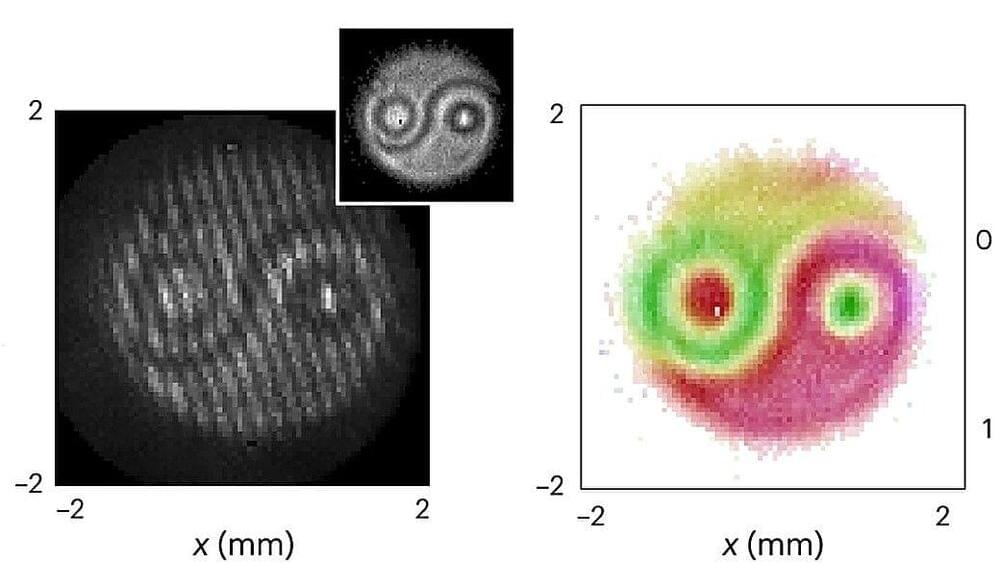
A team of geneticists and systems biologists at Stanford University has associated 169 genes that with the production of melanin in the skin, hair and eyes. In their study, reported in the journal Science, the group conducted a flow cytometry analysis and genome-wide CRISPR screen of cell samples.
Prior research has shown that the production and distribution of melanin in the body is responsible for skin tone, hair color and eye pigmentation. Such characteristics are important for more than appearance’s sake; skin with more melanin, for example, is better able to protect against ultraviolet radiation. In this new effort, the researchers noted that while many of the genes responsible for melanin production have been identified, many more have not.
The researchers began with an effort to differentiate high and low melanin melanocytes—the cells that make melanin. They used the light-reflecting properties of melanin to sort cells in a lab dish by aiming a fluorescent lamp at them. Once they had the cells sorted, they edited them using CRISPR-Cas9. Genes were systematically mutated to switch them off and then tested to see how well the cell continued to produce melanin.

















